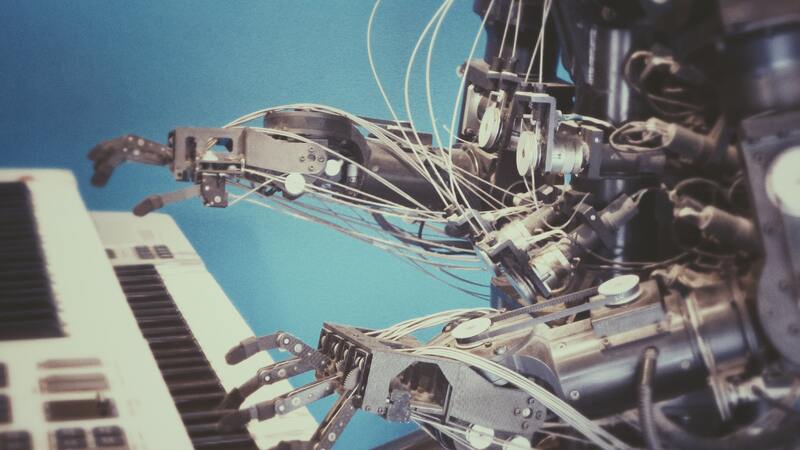Introduction
Robotic Process Automation (RPA) has emerged as a game-changer in the ever-evolving business technology landscape. RPA involves using software robots or “bots” to automate repetitive, rule-based tasks within business processes, increasing efficiency, accuracy, and productivity. However, the widespread adoption of RPA brings with it a set of challenges, particularly regarding data security. As businesses embrace automation, it becomes crucial to understand the data security risks associated with RPA and implement strategies to mitigate them effectively.
Understanding the Risks
In RPA, the main data security concerns are unauthorized access, data breaches, and not following regulations. If bots aren't set up correctly, they might access sensitive data accidentally, causing leaks. Also, fast automation deployment can outpace the implementation of proper security measures, creating vulnerabilities in systems.
Mitigating RPA Security Risks
- Encryption and Access Control: Employ robust encryption algorithms to secure data at rest and in transit. Implement strict access control mechanisms to ensure only authorized personnel can interact with the automation systems.
- Regular Security Audits: Conduct regular security audits and assessments to identify vulnerabilities in the RPA environment. This proactive approach helps in addressing potential risks before malicious entities exploit them.
- Compliance with Regulations: Keep up-to-date with data protection rules in your industry and area. Ensure your RPA setup follows laws like GDPR, HIPAA, or other relevant data protection regulations.
- Secure Development Practices: Implement secure coding practices while developing automation scripts. This includes input validation, error handling, and sanitization of user inputs to prevent common security threats such as SQL injection and cross-site scripting.
- Continuous Monitoring: Employ real-time monitoring tools to keep track of bot activities. Unusual patterns or unauthorized access attempts can be detected early, enabling swift action to prevent potential breaches.
- Employee Training: Educate employees about the risks associated with RPA and train them on secure usage practices. Human error is a significant factor in data breaches, and awareness can go a long way in preventing accidental security lapses.
- Incident Response Plan: Develop a comprehensive incident response plan outlining the steps to be taken in case of a security breach. Timely and well-coordinated responses can minimize the impact of a breach on the organization.
- Secure Integration: If your RPA system integrates with other applications and databases, ensure these integrations are secure. Weak links in the integration points can be exploited to gain unauthorized access to sensitive data.
- Regular Updates and Patch Management: Keep your RPA software and related applications up-to-date. Vendors often release security patches to address known vulnerabilities. Regularly applying these updates is critical to maintaining a secure automation environment.
Conclusion
RPA offers unparalleled advantages in terms of efficiency and productivity, but these benefits come with the responsibility of safeguarding sensitive data. By understanding the risks associated with RPA and implementing robust security measures, businesses can harness the power of automation while ensuring their data's confidentiality, integrity, and availability. A proactive approach to data security protects the organization from potential threats and instills confidence in stakeholders, fostering a culture of innovation and trust in the digital era.





